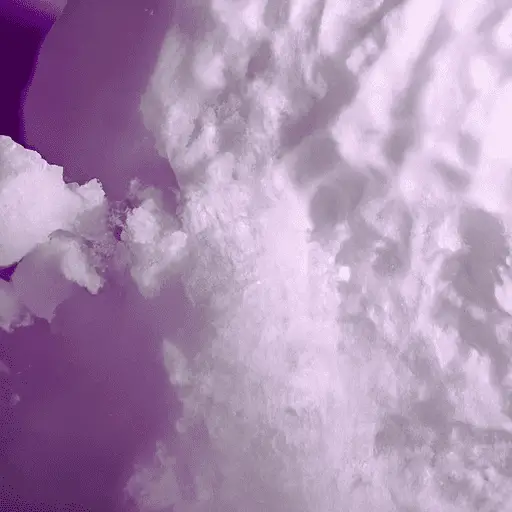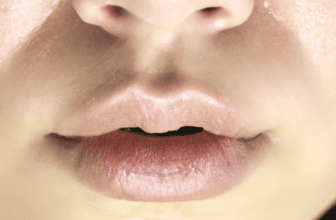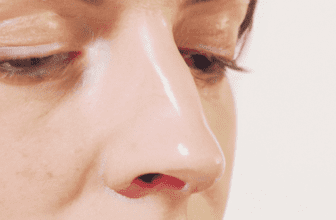Different methods of exfoliation and their effects
-
Table of Contents
- Different Methods of Exfoliation and Their Effects
- Key Takeaways
- Unveiling the Layers: An Introduction to Exfoliation
- Physical Exfoliation: Scrubbing Away the Old
- Chemical Exfoliation: Dissolving the Dead
- Microdermabrasion: A Deeper Cleanse
- Exfoliating Brushes: A Gentle Approach
- FAQ Section
- 1. How often should I exfoliate?
- 2. Can I exfoliate if I have acne?
- 3. What should I do after exfoliating?
- 4. Can I use a scrub and a chemical exfoliant at the same time?
- 5. Can exfoliation help with aging?
- Conclusion: The Final Brush Stroke
- Key Takeaways Revisited
Different Methods of Exfoliation and Their Effects

[youtubomatic_search]
Key Takeaways
- Exfoliation is a crucial part of skincare that helps remove dead skin cells and rejuvenate the skin.
- There are two main types of exfoliation: physical and chemical.
- Physical exfoliation uses abrasive materials or tools, while chemical exfoliation uses acids or enzymes.
- Each method of exfoliation has its own benefits and potential side effects.
- Choosing the right method of exfoliation depends on individual skin type and condition.
Unveiling the Layers: An Introduction to Exfoliation
Exfoliation, a process that involves the removal of the oldest dead skin cells on the skin’s outermost surface, is an essential part of any skincare routine. It not only helps to maintain healthy, glowing skin but also enhances the effectiveness of other skincare products by allowing them to penetrate deeper into the skin. This article delves into the different methods of exfoliation and their effects on the skin.
Physical Exfoliation: Scrubbing Away the Old
Physical exfoliation involves using a scrub, brush, or other abrasive materials to manually remove dead skin cells. This method can be effective for those with oily or combination skin, as it helps to unclog pores and reduce the appearance of blackheads and whiteheads. However, it’s important to be gentle and avoid over-exfoliating, as this can lead to skin irritation and damage.
Chemical Exfoliation: Dissolving the Dead
Chemical exfoliation uses acids or enzymes to dissolve dead skin cells. Alpha hydroxy acids (AHAs), beta hydroxy acids (BHAs), and retinoids are common ingredients in chemical exfoliants. This method is often recommended for those with sensitive or dry skin, as it is less abrasive than physical exfoliation. However, it can cause sensitivity to sunlight, so it’s important to use sunscreen when using chemical exfoliants.
Microdermabrasion: A Deeper Cleanse
Microdermabrasion is a type of physical exfoliation that uses tiny crystals to remove the outer layer of dead skin cells. This method can help to reduce the appearance of fine lines, wrinkles, and acne scars. However, it can also cause temporary redness and sensitivity, and it’s not recommended for those with rosacea or other skin conditions.
Exfoliating Brushes: A Gentle Approach
Exfoliating brushes are a type of physical exfoliation that uses soft bristles to gently remove dead skin cells. This method can be a good option for those with sensitive skin, as it is less abrasive than scrubs or microdermabrasion. However, it’s important to clean the brush regularly to prevent bacteria buildup.
FAQ Section
1. How often should I exfoliate?
The frequency of exfoliation depends on your skin type and the method of exfoliation. Generally, it’s recommended to exfoliate 1-3 times a week.
2. Can I exfoliate if I have acne?
Yes, but it’s important to be gentle and use a method that won’t irritate your skin. Chemical exfoliants are often recommended for those with acne.
3. What should I do after exfoliating?
After exfoliating, it’s important to moisturize your skin to restore hydration. Also, if you’ve used a chemical exfoliant, you should apply sunscreen to protect your skin from the sun.
4. Can I use a scrub and a chemical exfoliant at the same time?
It’s not recommended to use a scrub and a chemical exfoliant at the same time, as this can be too harsh on the skin.
5. Can exfoliation help with aging?
Yes, exfoliation can help to reduce the appearance of fine lines and wrinkles by removing dead skin cells and stimulating the production of new ones.
Conclusion: The Final Brush Stroke
Exfoliation is a key component of skincare that helps to maintain healthy, glowing skin. Whether you choose physical or chemical exfoliation, it’s important to choose a method that suits your skin type and condition. Remember to be gentle, avoid over-exfoliating, and always moisturize and protect your skin after exfoliating. With the right method and frequency, exfoliation can help you achieve smoother, brighter, and younger-looking skin.
Key Takeaways Revisited
- Exfoliation is a crucial part of skincare that helps remove dead skin cells and rejuvenate the skin.
- There are two main types of exfoliation: physical and chemical.
- Physical exfoliation uses abrasive materials or tools, while chemical exfoliation uses acids or enzymes.
- Each method of exfoliation has its own benefits and potential side effects.
- Choosing the right method of exfoliation depends on individual skin type and condition.
[youtubomatic_search]





